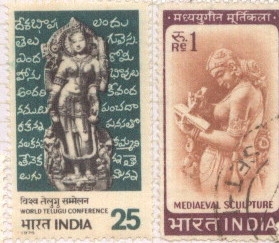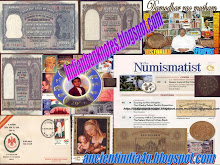Telugu Language Origion story,from 200 AD
Telugu is a Dravidian language (South-Central Dravidian languages) mostly spoken in the Indian state of Andhra Pradesh, where it is the official language. Including non-native speakers it is the most spoken Dravidian language,[1] the second most spoken language in India after Hindi, and the third most spoken language in the Indian sub-continent after Hindi and Bengali. It is one of the twenty-two official languages of the Republic of India. It is widely spoken in Andhra Pradesh and also spoken in Tamil Nadu, Karnataka, Orissa, and Pondicherry, with major populations in Bengaluru and Chennai, though the dialects spoken in these places vary greatly from the standard version of the language,Telugu is one of the fifteen most widely spoken languages in the world.
Telugu is second largest spoken language after hindi.
Telugu originated from the proto-Dravidian language, belonging to the south-central family. Though Telugu belongs to the South-central Dravidian language subfamily, whose members originated from the Proto-Dravidian spoken in the central part of the Deccan plateau it is a highly sanskritized language. Other languages of the South-Central group include the Gondi, Konda, Kui and Kuvi languages. Inscriptions containing Telugu words dated back to 400 BCE were discovered in Bhattiprolu in Guntur district. English translation of one inscription reads: “Gift of the slab by venerable Midikilayakha
The etymology of Telugu is not known for certain. It is explained as being derived from trilinga, as in Trilinga Desa, “the country of the three lingas”. According to a Hindu legend, Trilinga Desa is the land in between three Shiva temples namely Kalahasthi, Srisailam and Draksharamam. Trilinga Desa forms the traditional boundaries of the Telugu region. Other forms of the word, such as Telunga, Telinga, Telangana and Tenunga were also seen. It is also said that Trilinga, in the form “Triliggon” occurs in Ptolemy as the name of a locality to the east of the Ganga river. Other scholars compare Trilinga with other local names mentioned by Pliny, such as Bolingae, Maccocalingae, and Modogalingam. The latter name is given as that of an island in the Ganges. A.D. Campbell, in the introduction to his Telugu grammar, suggested that Modogalingam may be explained as a Telugu translation of Trilingam, and compared the first part of the word modoga, with mUDuga, a poetical form for Telugu mUDu, three. Bishop Caldwell, on the other hand, explained Modogalingam as representing a Telugu mUDugalingam, the three Kalingas, a local name which occurs in Sanskrit inscriptions and one of the Puranas. Kalinga occurs in the Ashoka Inscriptions, and in the form Kling, it has become, in the Malay country, the common word for the people of Continental India.
the word is derived from talaing, who were chiefs who conquered the Andhra region. M.R. Shastri is of the opinion that it is from telunga, an amalgamation of the Gondi words telu, meaning “white”, and the pluralization -unga, probably referring to white or fair-skinned people. the word could be derived from tenungu meaning “people of the South”.
The ancient name for telugu land seems to be telinga/telanga desa. It seems probable that the base of this word is teli, and that -nga, or gu is the common Dravidian formative element. A base teli occurs in Telugu teli, bright; teliyuTa, to perceive, etc. However, this etymology is contested. Telugu pandits commonly state Tenugu to be the proper form of the word, and explain this as the ‘mellifluous language’ from tene or honey. However, this claim does not appear to be supported by scholarly opinion. The word Kalinga might be derived from the same base as Telugu kaluguTa, to live to exist, and would then simply mean ‘human

Telugu is the Second largest spoken language in the country after Hindi.






No comments:
Post a Comment